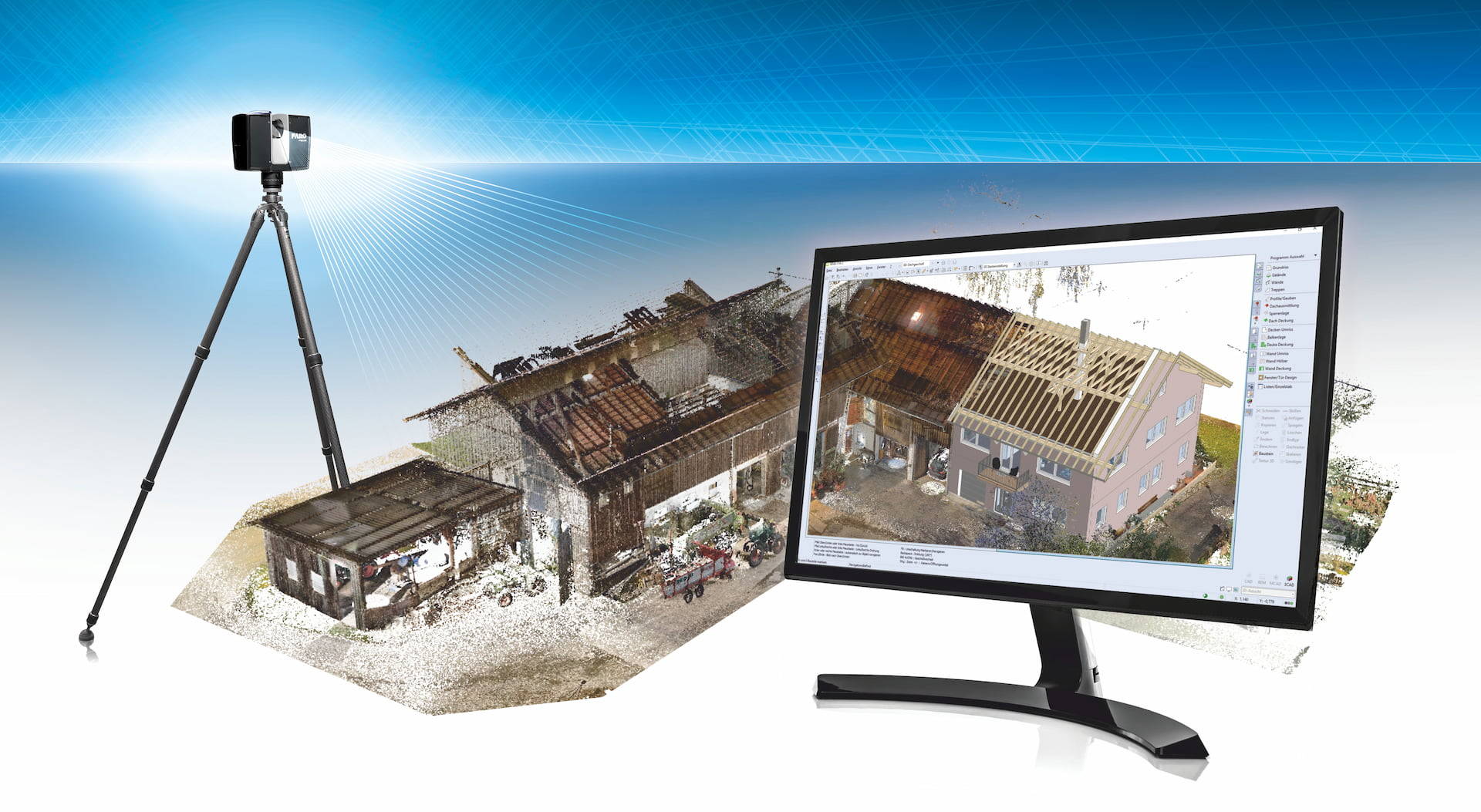Today, wood construction is undergoing a renaissance in the form of mass timber construction. And with a little help from 3D laser scanning hardware and software, it could soon reach critical mass.
Unlike traditional log homes or even homes made from wood, mass timber is a composite material; typically made from pine, spruce, or fir that when layered together with adhesives to form panels and beams, can rival steel in terms of its strength and durability.
According to a winter 2022 report by The Council on Tall Buildings and Urban Habitat (TCBU), there are 139 mass timber buildings in the world eight stories or higher, 71% of which are in Europe with more on the way.
From Softwood to Software
But that's not so say that timber is without its drawbacks. Lack of awareness of the building material or its usefulness, concerns over true scalability at industrial levels, regulatory barriers, insurance costs, and lingering uncertainty over fire risks and flammability are just some of the challenges.
While 3D imaging software and 3D laser scanning won't solve all these issues overnight, the twin technologies can in fact be an important boost in driving overall wood construction efficiency and streamlining operational line-of-sight.
Point clouds, for example, generated from a 3D laser scan from a FARO® Focus Laser Scanner and registered in the company's SCENE Software, provide a design basis for renovations or work on existing buildings. Any sections from the scan can be created in the CAD program at the push of a button and all relevant allowance points can be determined quickly and easily.
The advantages of point clouds, namely minimal measurement deviations, a deformation-compliant measurement, area determination and distance measurements, creation of as-built plans, visualization of objects and their virtual inspection, can be used for planning and construction and a way to reduce wood construction costs, vastly cutting back on rework, waste and scrap.

Beyond scan registration, SCENE, allows users to create detailed 3D visualizations of real-world objects and environments, like stairs, roofs, walls and flooring, and export that data in various formats. SCENE also features a virtual reality view, allowing users to experience and evaluate captured data in the VR environment. Paired with FARO Focus Laser Scanners, SCENE captures all the data needed on the first visit, providing project stakeholders panoramic views, 3D fly-throughs and VR tours.
Timber construction software, meanwhile, like that created by SEMA GmbH, a German software development company, is based on a modular structure and has been used by carpenters and joiners, as well as large-scale woodworking plants and manufacturers of pre-fabricated houses and further augments SCENE's formidable capabilities.
The range of the software's applications is varied: 2D/3D CAD planning, design, photorealistic visualization, calculation and preparation of the architecture, production plans and working drawings, and the lists of parts and data export for machine production. With the company's Building and Stairs construction Assistants, software users can enter multi-storey building envelopes and stairs in next to no time. Changes can be made anytime and options for processing in terms of planning and construction remain intact — all in a user-friendly output.
What's more, two new features in the field of mass timber construction include the visual enhancement and adjustment of the grain direction arrow and the individual adjustment of the surface quality on the wooden sides.
The grain direction arrow has been visually adapted and enabled for all timber components in the 3D representation and production drawings for the reference side. Changes in the grain direction, which are defined in the master data of the component, also have an impact on the texture display in the 3D view with the texture direction adapting automatically. Thus, grain direction can be recognized with ease in 2D and 3D representations and is a vita data point in determining the amount of deflection a piece of mass timber may experience when loads are applied.
Finally, a common interface allows the finished point cloud to be processed in SCENE as a .spw file, SEMA's proprietary point cloud format. This allows the point cloud to be imported directly into the SEMA program without further conversion, eliminating a loss in data or quality, ideal for tradesmen and third party service providers eager to bring their projects on time and under budget.
Knock on Wood
Thanks to these efficiency gains, there's no need to return to the jobsite multiple times to take multiple measurements. In addition, the complete point cloud provides accurate documentation from the time of the initial scan, meaning that subsequent changes on the construction site can be easily checked and tracked.
Fewer personnel on site, reduced transit and employee costs/risk of injury, along with less rework, waste and scrap, all add up. With a Focus Laser Scanner, SCENE and SEMA working together the potential for this enhanced workflow is just beginning to be realized and will be key in turning mass timber’s current renaissance moment into a movement.
